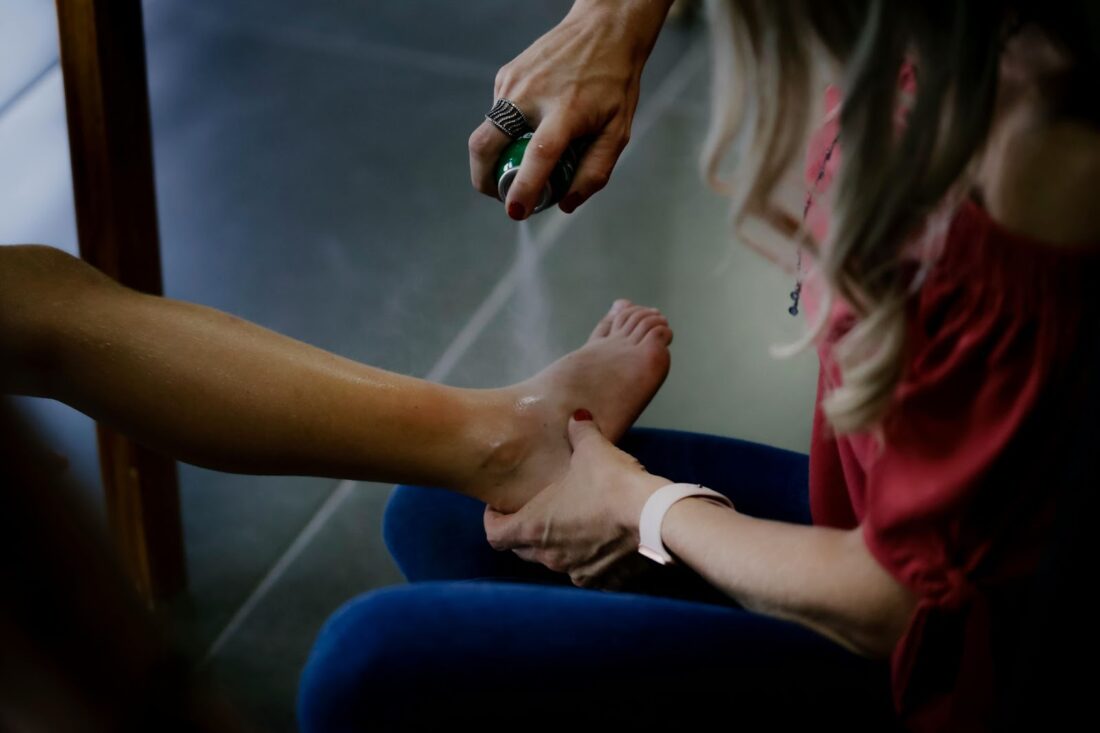First-aid knowledge is an essential life skill that everyone should possess. In emergencies, the ability to administer proper first aid can mean the difference between life and death. Being prepared to act swiftly before professional help arrives could prevent further injury, reduce pain, and, in some cases, save a life. Here’s a guide on basic first-aid skills that everyone should know.
1. CPR (Cardiopulmonary Resuscitation)
CPR is one of the most crucial first-aid techniques, especially during cardiac arrest. It helps maintain circulation and breathing until emergency medical personnel arrive. The basic process involves chest compressions and rescue breaths. Adults require compressions at a depth of about two inches at a rate of 100 to 120 compressions per minute. Make sure the airway is clear before delivering two breaths after 30 compressions. While this skill may seem intimidating, proper training makes it easier to perform confidently. Many local institutions offer CPR training sessions, and you can also find essential kits at a medical supply store by searching online for ‘medical supply store near me’.
2. Treating Burns
Burns are common injuries that can vary in severity. First-degree burns (the least severe) usually involve redness and can be treated by running cool water over the affected area for 10-15 minutes. Avoid using ice as it can damage the skin further. Second-degree burns (which may blister) and third-degree burns (characterized by deep tissue damage) require more immediate medical attention. However, while waiting for professional help, keep the burn covered with a sterile, non-stick bandage to prevent infection. Never apply butter or oily substances to burns, as this can worsen the injury.
3. Stopping Bleeding
Severe bleeding requires immediate attention to prevent significant blood loss. Applying direct pressure to the wound with a clean cloth or bandage is the first step. Elevate the injured area, if possible, to reduce blood flow. If the bleeding doesn’t stop after 15 minutes of direct pressure, or if the wound is severe, it’s critical to seek emergency care. You can also apply a tourniquet as a last resort in life-threatening situations, but it’s essential to learn the correct technique beforehand.

4. Dealing with Choking
Choking is a life-threatening condition that can happen unexpectedly. If someone is choking, the Heimlich maneuver can help dislodge the object blocking the airway. Stand behind the person, wrap your arms around their waist, make a fist just above the belly button, and thrust inward and upward in quick motions. Repeat until the object is expelled. If the person becomes unconscious, begin CPR immediately while waiting for medical help.
5. Treating Sprains and Fractures
For minor sprains, the RICE method (Rest, Ice, Compression, Elevation) is a simple yet effective approach to reducing pain and swelling. In cases of fractures, it’s vital to immobilize the injured area until help arrives. Applying a splint to keep the bone in place is helpful, but avoid moving the injured limb as much as possible.
In Conclusion
While professional medical care is critical, understanding basic first-aid procedures can offer immediate support in emergencies. It’s worth investing in a well-stocked first-aid kit, which you can easily find at a medical supply store, to handle these situations effectively. Familiarize yourself with these simple yet life-saving techniques, as they can make a significant difference in times of crisis.



